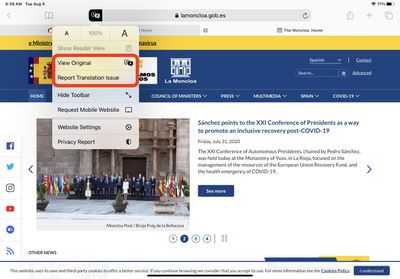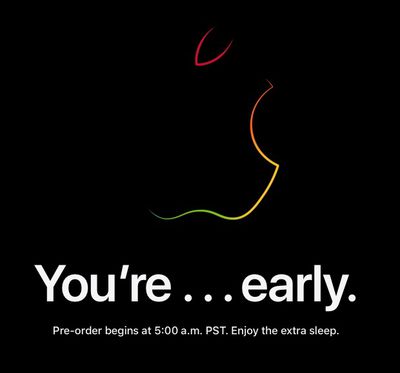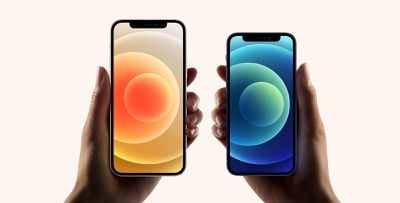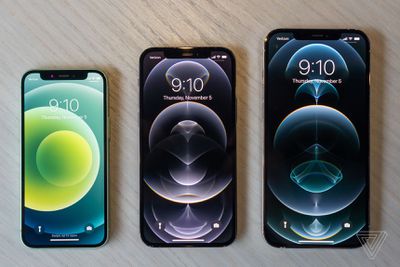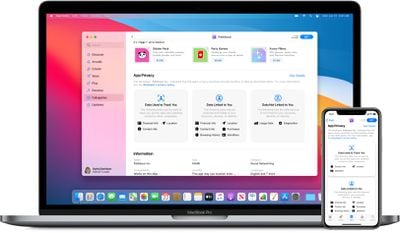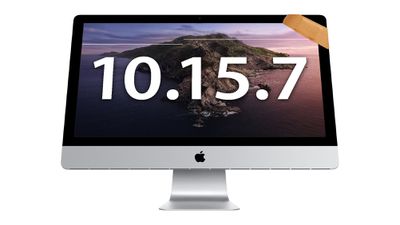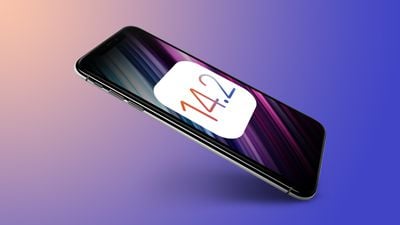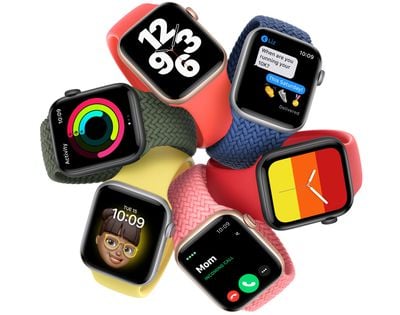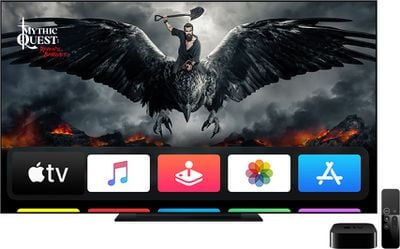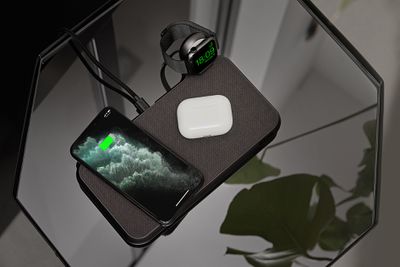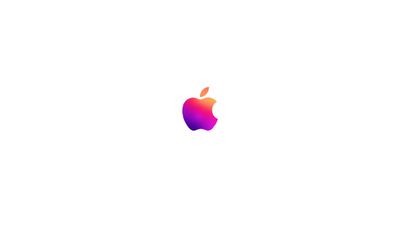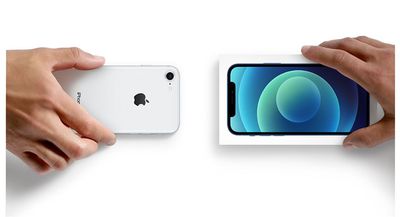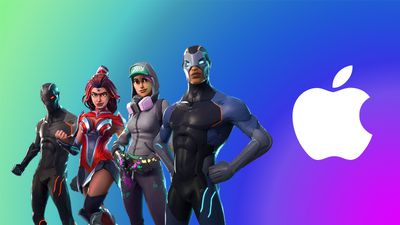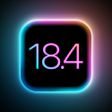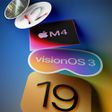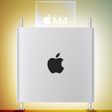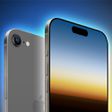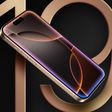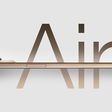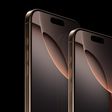TF International Securities analyst Ming-Chi Kuo has released a new research note, seen by MacRumors, that details his expectations for next year's iPhone lineup, tentatively dubbed "iPhone 13," including some positive shipment predictions based on a number of factors.
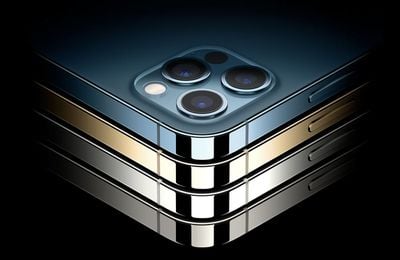
According to Kuo, the iPhone 13 will come in the same four model sizes as this year's iPhone 12, but with some major improvements to the camera technology. Specifically, Kuo says the Ultra Wide cameras on the two high-end models will be significantly upgraded to f/1.8, 6P (six-element lens) with autofocus. All the current iPhone 12 models are equipped with f/2.4, 5P (five-element lens) Ultra Wide cameras with fixed focus.
Looking further ahead, Kuo says he also expects all the new 2022 iPhones (tentatively called the iPhone 14 series) to be equipped with the same improved Ultra Wide camera with f/1.8, 6P and autofocus. Kuo states that Largan is likely to become the major supplier of voice coil motors (VCM) for the improved Ultra Wide cameras. It is expected that Largan will obtain about 70% of the VCM orders for the iPhone 13 under the advantages of vertical integration of lens production and VCM, versus 50% of the iPhone 12 series' Ultra Wide angle lens.
Kuo believes that shipments for the iPhone 13 will increase year-on-year and offers a positive outlook for the supply chain due to several factors, including a more robust 5G infrastructure in 2H21, a return to the traditional September timeframe for iPhone mass production and sale, and the aforementioned significant camera improvements to iPhone 13.
iPhone 13 rumors from other sources have been thin on the ground, although the notch on Apple's 2021 "iPhone 13" lineup may be smaller, according to one leaker. Display analyst Ross Young has also claimed the 2021 devices will come in the same sizes as the iPhone 12 models, and will sport 120Hz-capable ProMotion displays, improved camera sensors, and sub-6GHz 5G connectivity.


